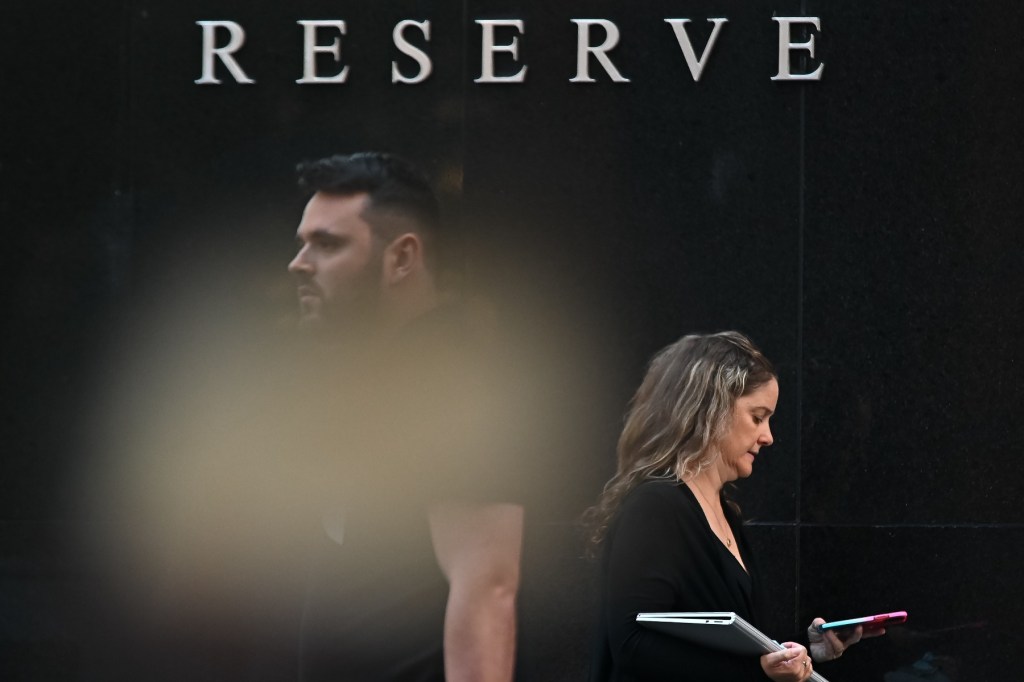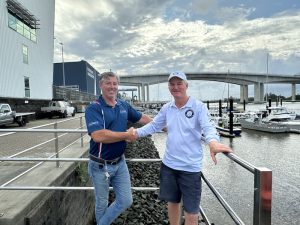The ASX’s top earning CEO took home nearly $50m in pay last year, but many execs took a (modest) pay cut

- by Admin
- July 11, 2024
In short
Total compensation for ASX200 CEOs dipped in the last financial year.
CEOs are more likely to lose their jobs than their bonuses.
What’s next?
Superannuation researchers are calling for more vigilance around CEO bonus payments.
Chief executives were more likely to lose their job in 2023, than their bonus, according to research by the Australia Council of Superannuation Investors (ACSI).
ACSI’s 23rd edition of its annual CEO Pay in ASX200 Companies report examined the remuneration of 145 of Australia’s highest paid executives.
It found that CEOs of the top 100 publicly listed firms in Australia saw their realised pay fall in the year, to a median of $3.87 million.
It was $3.93 million the year prior.
The ASX101-200 median also fell from $2.10 million in FY 2022 to $1.95 million.
It’s the lowest median recorded in the 10 years ACSI has accounted for ‘realised pay’ — the value of cash and equity actually received.
ACSI puts this down to greater investor scrutiny and focus from boards.
Bonus bucks also shrank
Bonuses for chief executives are derived from unique calculations that take into account their base salary, overall company performance and other unique circumstances.
For example in the mining sector, bonus payments are impacted in the tragic event of a workplace fatality.
The heads of the ASX100 firms took an average bonus of 66.3 per cent of their maximum potential bonus payment.
That was down from 71 per cent in FY 2022.
Of the top 100 companies, Domino’s Pizza Enterprises’ Don Meij and Medibank’s David Koczkar, missed out on receiving a bonus.
Carsales boss Cameron McIntyre was the only CEO of those eligible for a bonus in the top 100 listed companies, to be awarded 100 per cent of his bonus.
Bonuses for ASX101-200 CEOs, were paid at 60.7 per cent, which was also down on the year prior, of 68 per cent.
Five bosses in the ASX101-200 sample received maximum bonuses, down from 12 in FY 2022.
There were six CEOs in the ASX101-200 who missed their bonus payment in the 2023 financial year.
“Bonuses should not become a given in Australian companies,” Ed John, executive manager of stewardship at ACSI said.
“At a time when companies are focused on productivity and performance, it is critical that bonuses are only paid for exceptional outcomes.”
More CEOs lost their job than their bonus
The study found chief executives among the ASX200 were three times more likely to lose their job than their bonus.
There were 24 termination payments across the full ASX200 sample, against the eight CEOs in that same cohort who missed out on their bonus.
This was driven by 17 termination payments among the ASX100 — the largest number since the ACSI study began collecting this data in FY 2008.
The report found FY 2023 recorded the highest aggregate termination cost in the ASX100 since FY 2011, at $33.52 million.
But the average size of a termination payment fell.
Of the 17 ASX100 CEO termination payments, 12 were above $1 million and seven were $2 million or higher.
Former boss of biotech company, CSL, Paul Perreault, had the highest termination payment in FY 2023 of $7.61 million.
The biggest earners
Running Australian-listed companies that are based in the US seems to be the winning combination when it comes to CEO pay, according to ACSI.
Once again, Resmed’s Mick Farrell earnt more than domestic based chiefs, increasing his salary to $47.58 million in FY 2023.
News Corp’s Robert Thomson took home $41.53 million.
Greg Goodman of Goodman Group was again the highest-paid domestic CEO, with realised pay of $27.34 million.
Macquarie’s Shemara Wikramanayake was again second, with realised pay of $25.32 million.
She was CEO with the highest cash pay of the year, at $9.86 million.
ACIS’s research found reported pay levels for ASX200 CEO’s edged up in the year.
Mr John warns that is normally a precursor for much higher realised pay outcomes in the future.
“While overall pay levels have dropped, investors and boards must not become complacent,” he said.
“The numbers show that we could see a breakout in CEO pay levels in future.
“It will be critical that boards pay close attention and ensure performance hurdles are set at the right levels.”
Posted , updated
The Latest News
-
December 24, 2024North Lamar Australian Basketball
-
December 24, 2024We asked Golf Digest writers the story they were proudest of in 2024, and why – Australian Golf Digest
-
December 24, 2024Blueprint for success: how Australian architects made the world take notice in 2024
-
December 24, 2024‘Novak Djokovic will only care about the Australian Open and Wimbledon’
-
December 24, 2024PNG-Australia NRL Deal: K1.7 billion economic boost and 10,300 jobs expected




